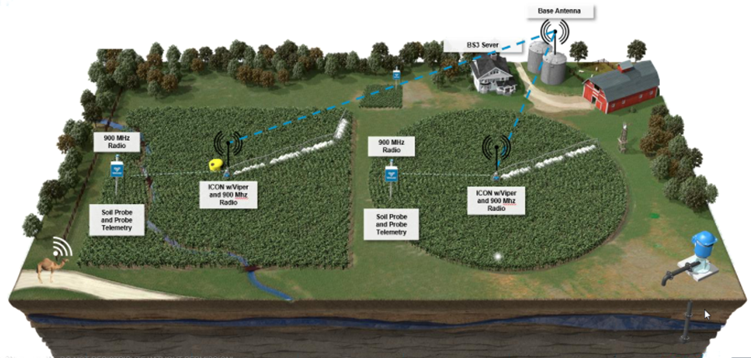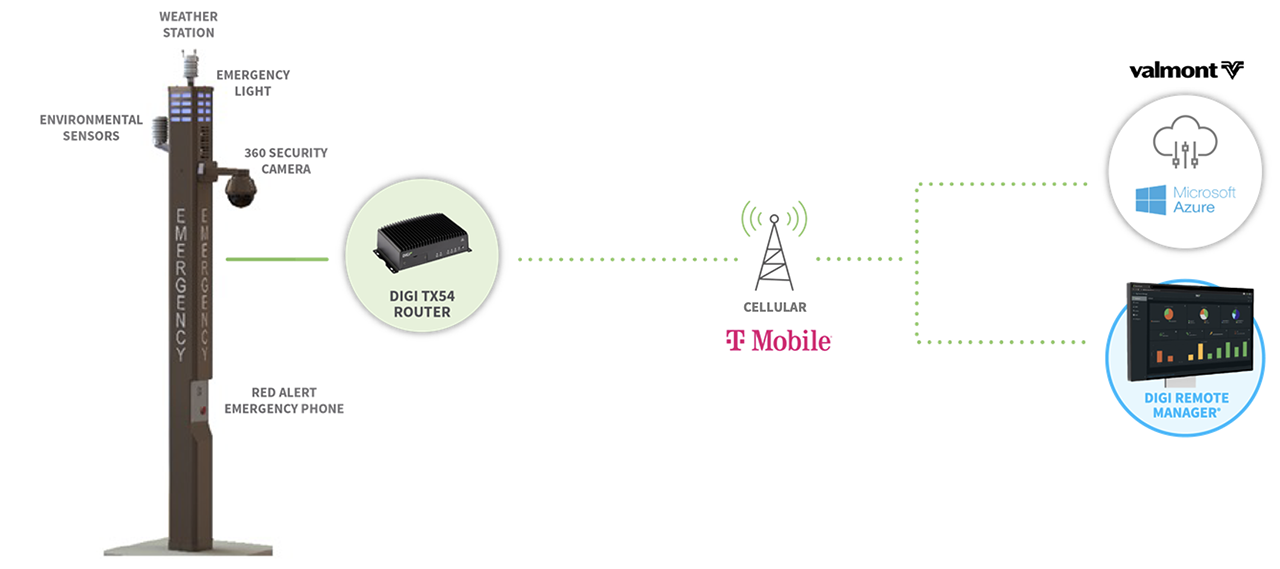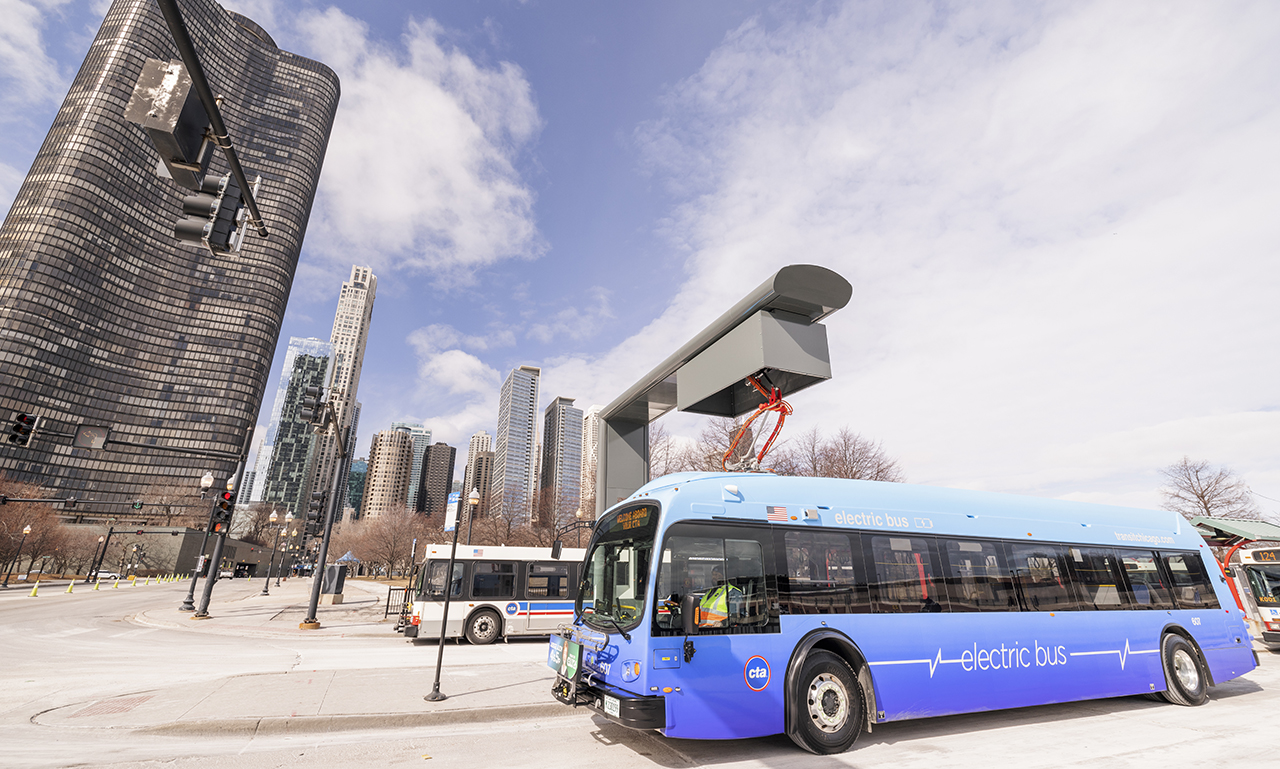 For more than 75 years, Valmont Industries, Inc., a global leader that improves life by providing vital infrastructure and advancing agricultural productivity, has demonstrated a commitment to conserving resources while driving innovation through technology leadership. The company leverages a rich portfolio of innovative technology to enhance urban spaces in energy-efficient ways, make roads safer, ensure reliable delivery of power by making energy grids more resilient, and engineer durable irrigation machines and connected crop management technology to maximize crop yields and optimize water and energy efficiency. With more than 11,000 employees, 80+ manufacturing facilities in 22 countries, and a presence in more than 100 countries across six continents, Valmont is a $3.5 billion company and growing.
For more than 75 years, Valmont Industries, Inc., a global leader that improves life by providing vital infrastructure and advancing agricultural productivity, has demonstrated a commitment to conserving resources while driving innovation through technology leadership. The company leverages a rich portfolio of innovative technology to enhance urban spaces in energy-efficient ways, make roads safer, ensure reliable delivery of power by making energy grids more resilient, and engineer durable irrigation machines and connected crop management technology to maximize crop yields and optimize water and energy efficiency. With more than 11,000 employees, 80+ manufacturing facilities in 22 countries, and a presence in more than 100 countries across six continents, Valmont is a $3.5 billion company and growing.
Green Tech: A Smarter Way to Grow
From its modest beginnings in 1946 to today, Valmont Industries, Inc. has steadily evolved into a world leader in agriculture and irrigation solutions. Now at the forefront of the precision agriculture sector, Valmont’s flagship pivot irrigation hardware brings water to crops in farms around the world, commanding a dominant 43% market share.
In that time, the intersection of green tech and farming has translated into significant advances in productivity, yields, and costs. According to Trevor Mecham, Vice President, Global Infrastructure Technology Strategy & Industry Relations, Valmont Industries, the company has played a key role in advancing the art and science of farming. “Traditionally, farmers needed to drive from location to location across vast acreage to visually inspect conditions, make adjustments, and monitor progress,” he said. “But we are helping modern farms to deploy remote sensors, cameras and wireless networks for greater efficiency in the fields. Today’s farmer is using technology to conserve resources and improve lives, which is what Valmont is all about.”

Valmont has continued to develop and refine its products, creating entirely new generations of green tech solutions that bring greater efficiencies and intelligence for infrastructure. To make this possible, Digi International has played a key role in those efforts, with a range of wireless radios and cellular modems, including Digi XBee® RF modules and cellular modems, as well as Digi’s industrial cellular routers and transportation routers. These connectivity solutions are robust, industrial products that are designed for long service life, and integrate sophisticated security and remote management software, making them an ideal fit for remote infrastructure projects.
Green Tech: Smart Electricity Pylons
Based off the technology advances and resulting operational efficiencies of Valmont’s irrigation solutions, Bob Daugherty — the company founder — had a vision to integrate these same innovations into well-designed industrial steel structures for broader use cases. And today, Valmont’s innovations play a strong role in a growing range of infrastructure assets.
“Quite literally,” said Mecham, “Bob looked at our irrigation pivots and thought, ‘What if we stood those up vertically?’ And of course, the result is that we created an entirely new business. Today, using sensors and Digi connectivity solutions, we’re able to offer smart poles that can be deployed in many different segments that change how cities and utilities build civil infrastructure and dramatically improve our eco-footprint.”


Smart Pole Project for a University Campus
Mecham noted that the key to infrastructure monitoring lies in reliable communication. “It has to be constant, consistent, and reliable,” he explained, “which is why we’ve worked with Digi for years. Their Wireless Design Services team has helped us bundle and integrate custom, ruggedized designs that we can mount on electricity pylons and towers using drones. We also can also use connected drones to spray insulators or treat the poles with galvanized spray applications, and perform infrastructure service inspections.
For a utility firm that has thousands of miles of lines to monitor, it’s extraordinarily expensive to send out crews in trucks to perform this essential work. Now, we can identify problems much sooner and cost effectively — without increasing emissions by sending fleets of trucks for field inspection. That’s why smart poles are really green tech solutions.”
Green Tech: Reducing the Carbon Footprint of the Urban Landscape
 In a similar way, Valmont has also carved out important markets for its poles and masts for street lighting, traffic control, telecom, mass transit vehicle charging, and more. “The commonality among these segments is that, with real-time data, our customers can make better decisions that improve citizen safety and comfort while reducing the impact on the environment,” said Mecham. “As a manufacturer, we want to specialize in our core competence: creating durable infrastructure with reliability. With Digi, we can integrate the communication pieces that take our solutions to an entirely new level — with all the necessary certifications.”
In a similar way, Valmont has also carved out important markets for its poles and masts for street lighting, traffic control, telecom, mass transit vehicle charging, and more. “The commonality among these segments is that, with real-time data, our customers can make better decisions that improve citizen safety and comfort while reducing the impact on the environment,” said Mecham. “As a manufacturer, we want to specialize in our core competence: creating durable infrastructure with reliability. With Digi, we can integrate the communication pieces that take our solutions to an entirely new level — with all the necessary certifications.”
Bringing innovation to smart city infrastructures and other use cases, Valmont’s poles can house Digi technology to provide connectivity and intelligence to urban settings. An important aspect of city planning is about beautification, and blending with the environment. Digi’s form factor allows Valmont to integrate and embed various technologies into the pole itself.
“With street lights, we can use sensors and radios to turn lights on/off with changing daylight conditions or special events, like fireworks celebrations,” said Mecham. “That saves significant money and reduces the city’s carbon footprint. Additionally, we use Digi’s TX54 on college campuses to maintain consistent and reliable communications for smart safety poles that integrate video cameras, providing real-time visibility campus-wide for student safety.”
Mecham provided additional insights on the full range of application examples for smarter, greener infrastructure. “We can create smart traffic lights that dynamically adjust to real-time traffic conditions. Keeping the traffic moving (and reducing idle times) reduces tailpipe emissions and lowers fuel consumption. And when we tie these into first responder vehicles, we can clear busy streets and intersections to speed the travel time of fire, police, and EMT vehicles as well. And solar power means these poles can remain on duty for years at a time.”
Since many poles are located in remote areas where cell coverage is non-existent, Valmont often relies on low-powered, battery-operated devices transmitting 900 MHz signals or through LoRaWAN connections. Solar panels provide recharging, further improving the carbon footprint of these solutions.
Climate change, urban air pollution, and the potential for cost-savings are encouraging cities to adopt sustainable, health-conscious transit options. That’s propelled Valmont to a leadership role in electric charging stations for mass transit agencies. As the need for green technology grows, Digi and Valmont continue to collaborate and support a growing range of initiatives, providing the innovation and technology municipalities, institutions and enterprises need to improve operational efficiency and sustainability.
“Ultimately, whether it’s crop irrigation, utility lines, traffic control or bus charging, our goal is to manage manual processes at remote locations to gain efficiency and reduce our carbon footprint,” Mecham said. “By integrating Digi connectivity into our portfolio of infrastructure solutions, we are helping customers manage and monitor their operations with optimal efficiency.”